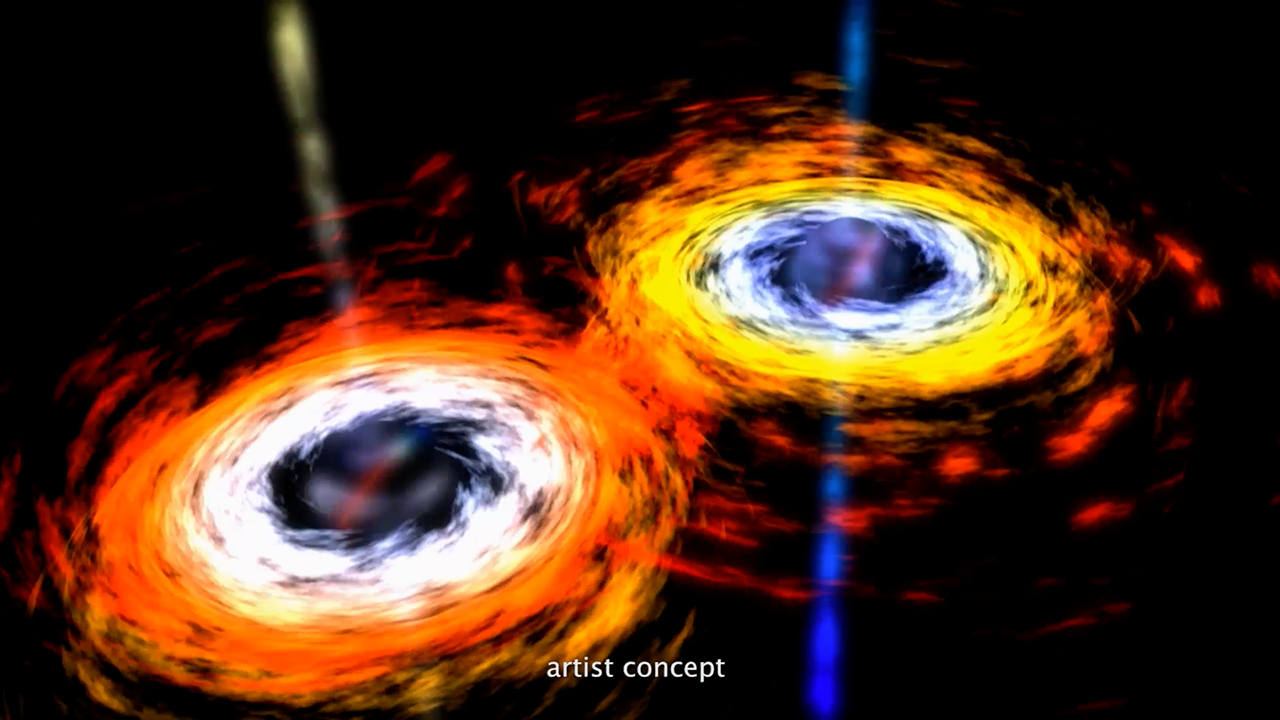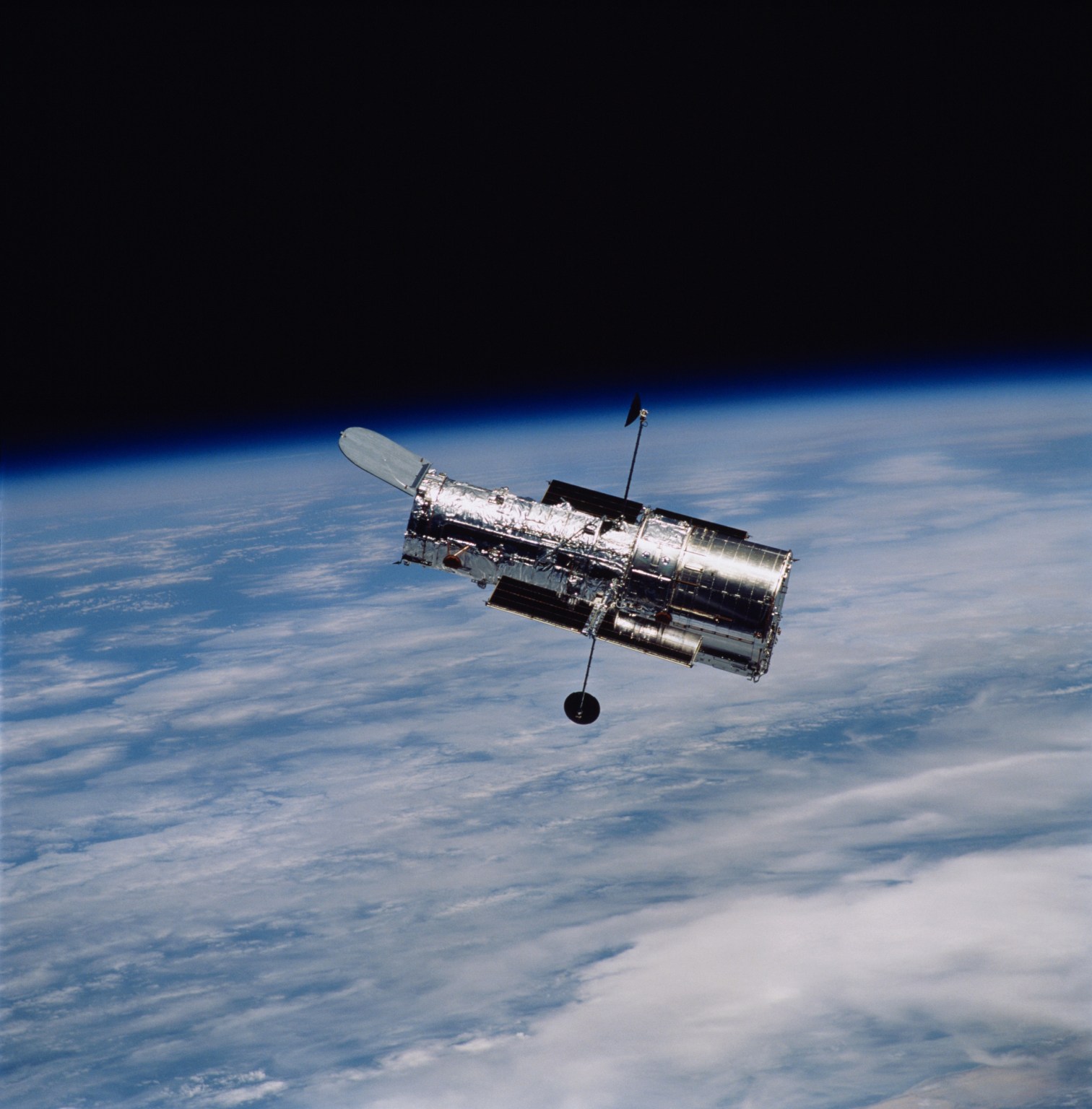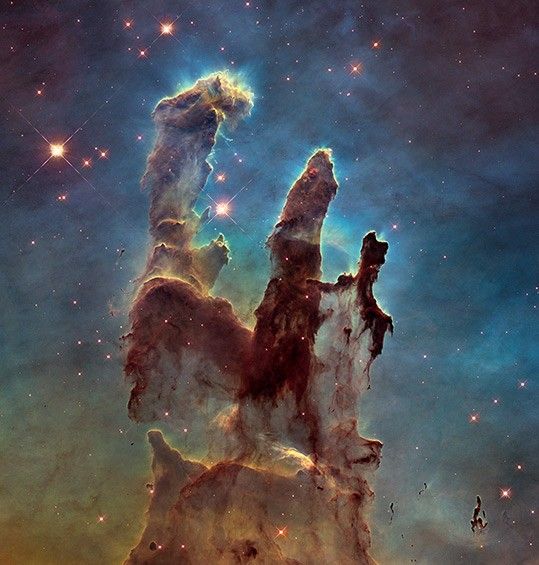1 min read
Scale and Compass Image for Quasar 3C 186

About the Object
- DistanceDistanceThe physical distance from Earth to the astronomical object. Distances within our solar system are usually measured in Astronomical Units (AU). Distances between stars are usually measured in light-years. Interstellar distances can also be measured in parsecs.8 billion light-years away
About the Data
- Data DescriptionData DescriptionProposal: A description of the observations, their scientific justification, and the links to the data available in the science archive.
Science Team: The astronomers who planned the observations and analyzed the data. "PI" refers to the Principal Investigator.The Hubble image was created from HST data from proposal 13023, M. Chiaberge (STScI/ESA) - InstrumentInstrumentThe science instrument used to produce the data.HST>WFC3/UVIS and HST>WFC3/IR
- FiltersFiltersThe camera filters that were used in the science observations.WFC3/UVIS: F606W WFC3/IR: F140W
- Object NameObject NameA name or catalog number that astronomers use to identify an astronomical object.3C 186
- Object DescriptionObject DescriptionThe type of astronomical object.Quasar
- Release DateMarch 23, 2017
- Science ReleaseGravitational Wave Kicks Monster Black Hole Out Of Galactic Core
- Credit

Cyan: F606W Orange: F140W

Related Images & Videos

Hubble Catches Runaway Quasar
This image, taken by NASA's Hubble Space Telescope, reveals an unusual sight: a runaway quasar fleeing from its galaxy's central hub. A quasar is the visible, energetic signature of a black hole. Black holes cannot be observed directly, but they are the energy source at the...

Gravitational Waves Eject a Black Hole from Its Central Home
This illustration shows how gravitational waves can propel a black hole from the center of a galaxy. The scenario begins in the first panel with the merger of two galaxies, each with a central black hole. In the second panel, the two black holes in the newly merged galaxy settle...
Share
Details
Claire Andreoli
NASA’s Goddard Space Flight Center
Greenbelt, Maryland
claire.andreoli@nasa.gov































